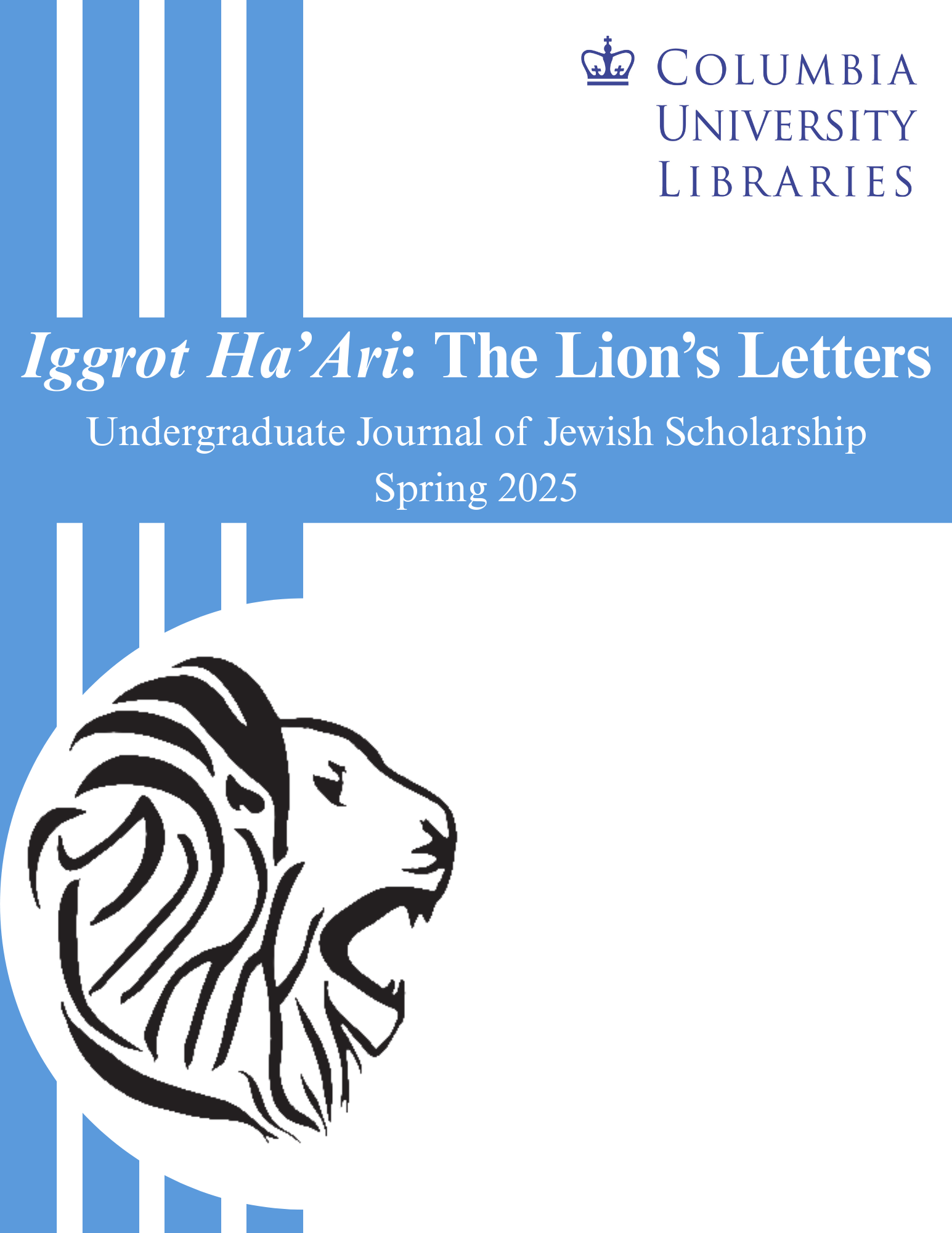Abstract
Klezmer, traditional Jewish music, is widely imagined in two periods: pre-World War II and post-1970. Very little attention has been given to the space in between these two periods. This article sheds light on klezmer during this dormant period, problematizing the idea of a klezmer “revival” and reframing the timeline of Jewish music. It looks at data from the recording industry in the United States to survey the musicians, instruments, and musical styles present in klezmer records produced in the 1950s and form a picture of how the style was transmitted from the previous generation of musicians. Three recorded klezmer pieces are used as case studies, exemplifying three different trends in klezmer music at the time: old-fashioned nostalgic music (“Bessarabian Dance” from Freilachs For Weddings, Bar Mitzvahs And Other Celebrations recorded by Murray Lehrer and Dave Tarras), genre-blending dance music (“Mazeltov Merengue” in Bagels and Bongos recorded by the Irving Fields Trio), and parodies of popular American songs (“Sixteen Tons” in Mish Mosh recorded by Mickey Katz). Surveying these sources reveals an abundance of vibrant klezmer music drawing from multiple sources and serving multiple purposes in Jewish communities of the 1950s. Klezmer has been, from its inception, a style that incorporated local non-Jewish music styles, catered to the commercial market, and adapted to specific events and purposes in the community. The perceived death of klezmer in the 1950s was in reality the natural continuation of this process, as klezmer musicians incorporated new American music styles and adapted to playing in dance halls and on commercial records. An “Americanized” piece of klezmer music is no less authentic for its incorporation of other American cultures. The evolution of American klezmer was continuous through the 1950s, carrying klezmer from the arrival of the European-influenced genre in America to the modern scene of pop, funk, and electronic klezmer bands.

This work is licensed under a Creative Commons Attribution 4.0 International License.
Copyright (c) 2025 Lonnie Miller

